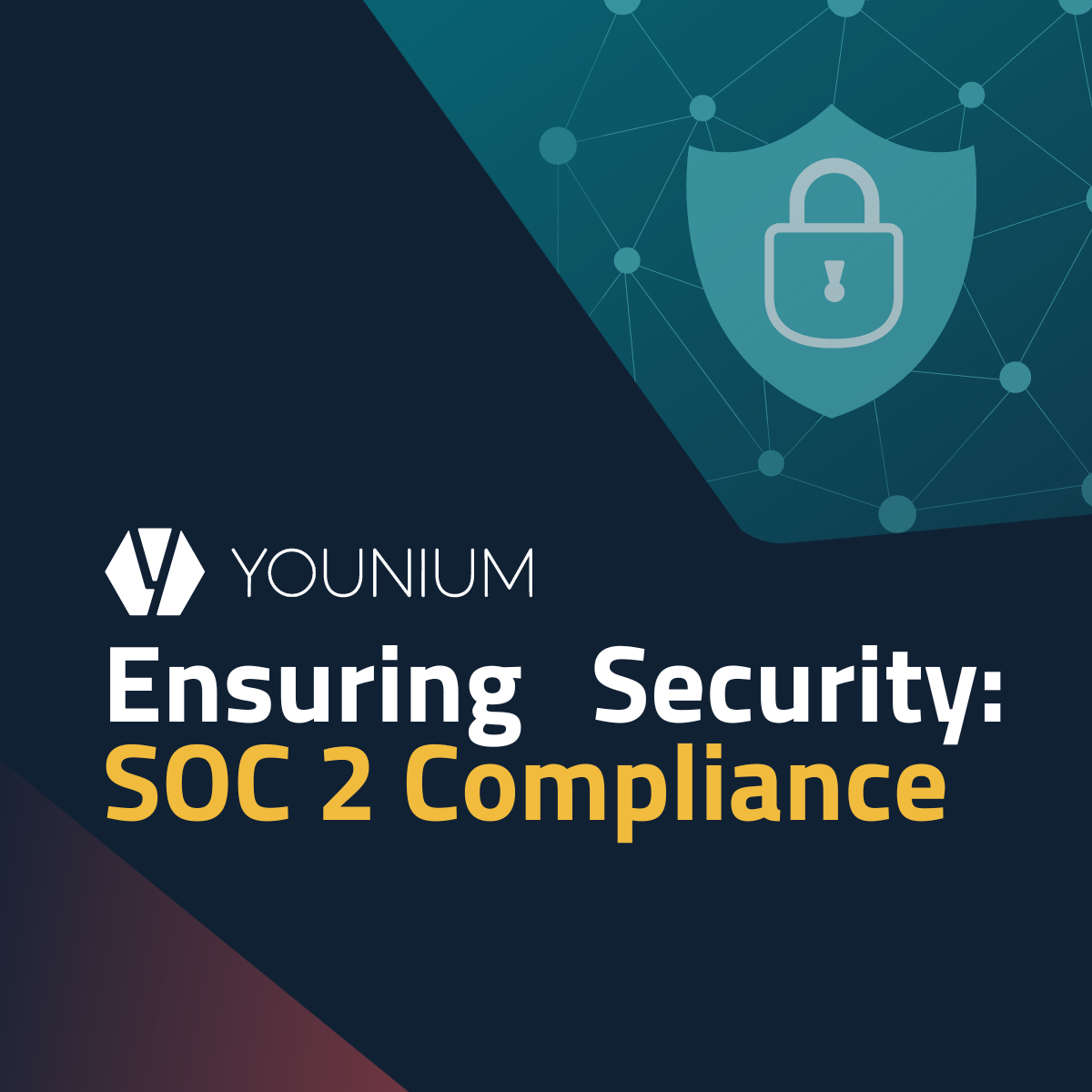Building a SaaS platform takes a lot of time, energy, research, business intelligence, market research... and the list goes on and on. But once you have your products in place and you're ready to scale, how many companies are actually successful in managing to secure long-term growth without first running out of money, or running into the ground? The key is to know how to properly allocate resources, and iterate for sustainability.
So what are some of the areas where growth phase SaaS companies are spending their time and money, and where should they be focusing instead? Let's take a look:
Where do most companies allocate their resources?
In most SaaS companies in any industry, administration can be a big time consumer. From the sales team, all the way up to the Chief Financial Officer, activities like reporting and recurring billing can take up a significant amount of time. When we start to grow our businesses, and need to add employees to the payroll, or start accruing even larger overhead costs, time spent on these tasks can equal a lot of money that can be tough to recoup quickly without having a large existing customer base. These are the activities that companies are spending the most time on:
- The recurring billing process - if a subscription model business bills monthly, a significant amount of time is being spent creating invoices based on terms and/or usage, sending invoices, and following up to ensure payment.
- Monthly reporting or ad-hoc reporting - many SaaS companies may still use manual reporting to keep track of subscription data or financials. Or, if they are using automated reporting, that system may not be integrated with other tools for subscription management or billing. When employees must gather financial data from the financial system, sales data from the crm, subscription data from excel, etc, it can add up to a significant amount of time each month.
- Revenue Recognition - In order to keep track of revenue over a specific accounting period, typically businesses must manually accrue each invoice in order to see their correct figures. Revenue recognition is an important part of the SaaS business, because it can also help determine other important reports such as projected future results.
- Forecasting and future budgeting - Typically as a company scales, there are a number of stakeholders who are interested in the prospective financial future of the business. To ensure budgeting is done appropriately, forecasting needs to be as accurate as possible, but can take a considerable amount of cross referencing and manual work.
- Communication - Many growing SaaS companies still lack the right systems that enable all parts of the organisation to access important information about subscriptions and customer statuses. Sales reps are often an important investment for businesses that are scaling, but can run into slow moving processes when it comes to them needing to confer with the finance department, or other administrative persons regarding opportunities for upsells and subscription renewals.
How could they be doing it better?
It's true that each of these activities are an important part of SaaS business, but the problem is when companies are focused only on completing the necessary tasks for running the business, they have less time and resources to focus on scaling the business. It seems like a catch-22 when these activities are so important for business controlling. But there is a way for growing companies to be smarter about how they can go about completing these tasks - and it starts with automations.
When you think about growth activities, SaaS businesses need to be focusing on marketing, sales, customer service, and ensuring that the product is being constantly improved and fulfilling market needs. How can all of this be done, when there is so much administration around subscriptions to be done?
Automated data control and compliance is the number one priority for scaling SaaS businesses. With one source for subscription masterdata with an audit trail, companies are then able to save an enormous amount of time by having reports that are already integrated with one another. When subscription data is imported into the same place as financial reports, and customer databases, all the manual work of keeping track of subscription details, customer profiles, and billing cycles is eliminated.
Scalable processes, especially around financial operations allows for money to be spent on customer-facing activities rather than requiring an increased admin employee force. More reliable metrics and KPIs allow for consistent, logical methods to drill down in each transaction, so that SaaS companies can focus on securing future revenues, instead of staying afloat with what they already have.
Want to learn more about Younium's 5 Steps for SaaS Success? Download our E-book now.





